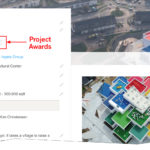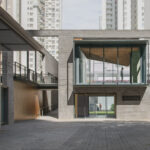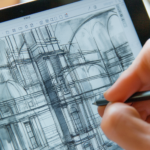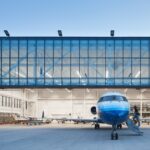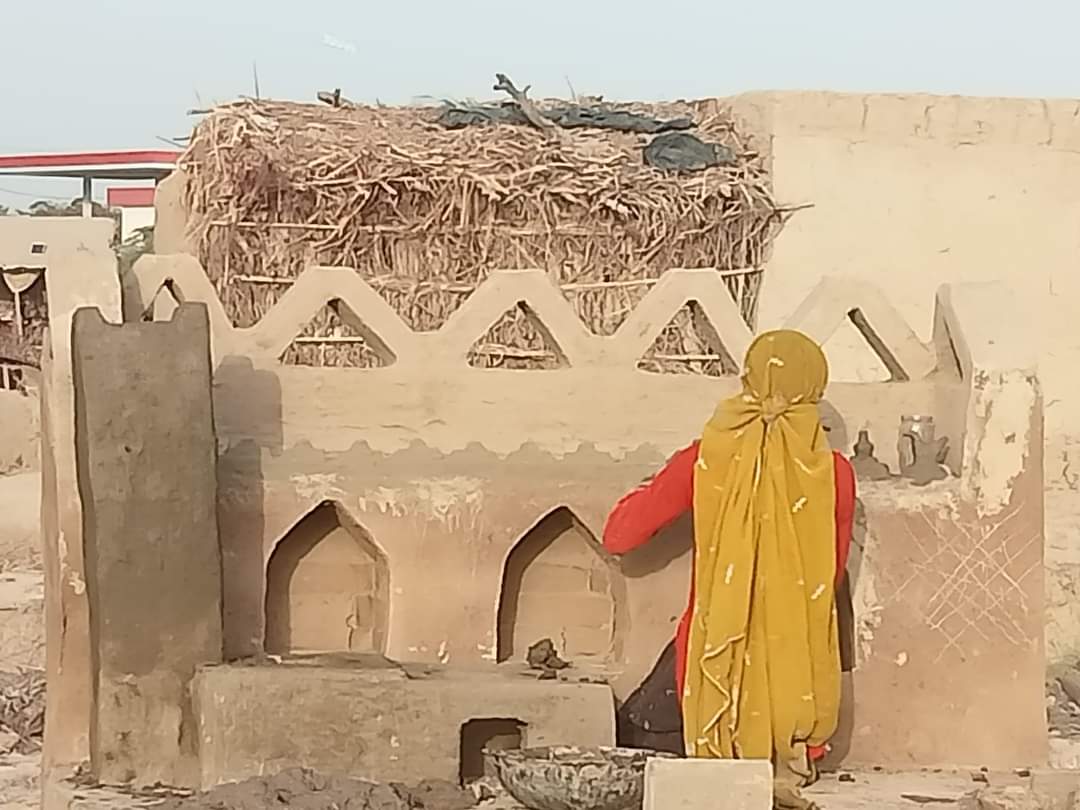Architects: Want to have your project featured? Showcase your work through Architizer and sign up for our inspirational newsletters.
Imagine walking through the charming streets of an old city, where every turn offers a new slice of history and a sense of community. The lively squares, cozy cafes and narrow paths make you wonder: Why do these old cities feel so magical while modern city life often feels disconnected?
The secret lies in their foundational design principles. Traditional cities were created with only people in mind, focusing on pedestrian-friendly spaces, community gathering areas and natural elements. In contrast, modern urban planning focuses on efficiency and economic growth, prioritizing car travel and large-scale infrastructure over the human-scale experiences that foster genuine community connections.
But is it too late to bring the charm of old cities into modern urban life? Not at all. It’s entirely possible to incorporate the human-centric features of traditional urbanism into today’s cities. In this article, we’ll explore what makes traditional cities so enchanting and offer tips on how modern urban design can achieve the same results.
1. Make Streets Pedestrian-Friendly

The Albert Cuyp Underwater Parking Garage by ZJA I Architects & Engineers, Amsterdam, Netherlands

The Albert Cuyp Underwater Parking Garage by ZJA I Architects & Engineers, Amsterdam, Netherlands
Pedestrian-friendly streets foster stronger community bonds by encouraging people to walk, gather and interact in shared spaces. They support local businesses, as people walking by are more likely to stop and shop. Health benefits are also included; more walking means less driving, leading to lower emissions and healthier residents.
Even in cities dominated by vehicles, there are effective strategies to reclaim streets for pedestrians. One approach is the implementation of traffic calming measures, such as road narrowing, chicanes, speed bumps and pedestrian zones, which reduce vehicle speeds and improve safety. Another strategy is the enhancement of the pedestrian infrastructure with better lighting, clear signage and dedicated pathways that connect key destinations.
Urban planners can also encourage pedestrianism by integrating green spaces and street trees, which not only beautify the environment but also provide necessary shade and reduce pollution. Initiatives like car-free days or pedestrian-only areas, even if temporary, can shift public perceptions and showcase the benefits of pedestrian-centric urban spaces. By adopting these features, modern cities can begin to recapture the enchantment of traditional urban settings.
2. Account for Public Spaces
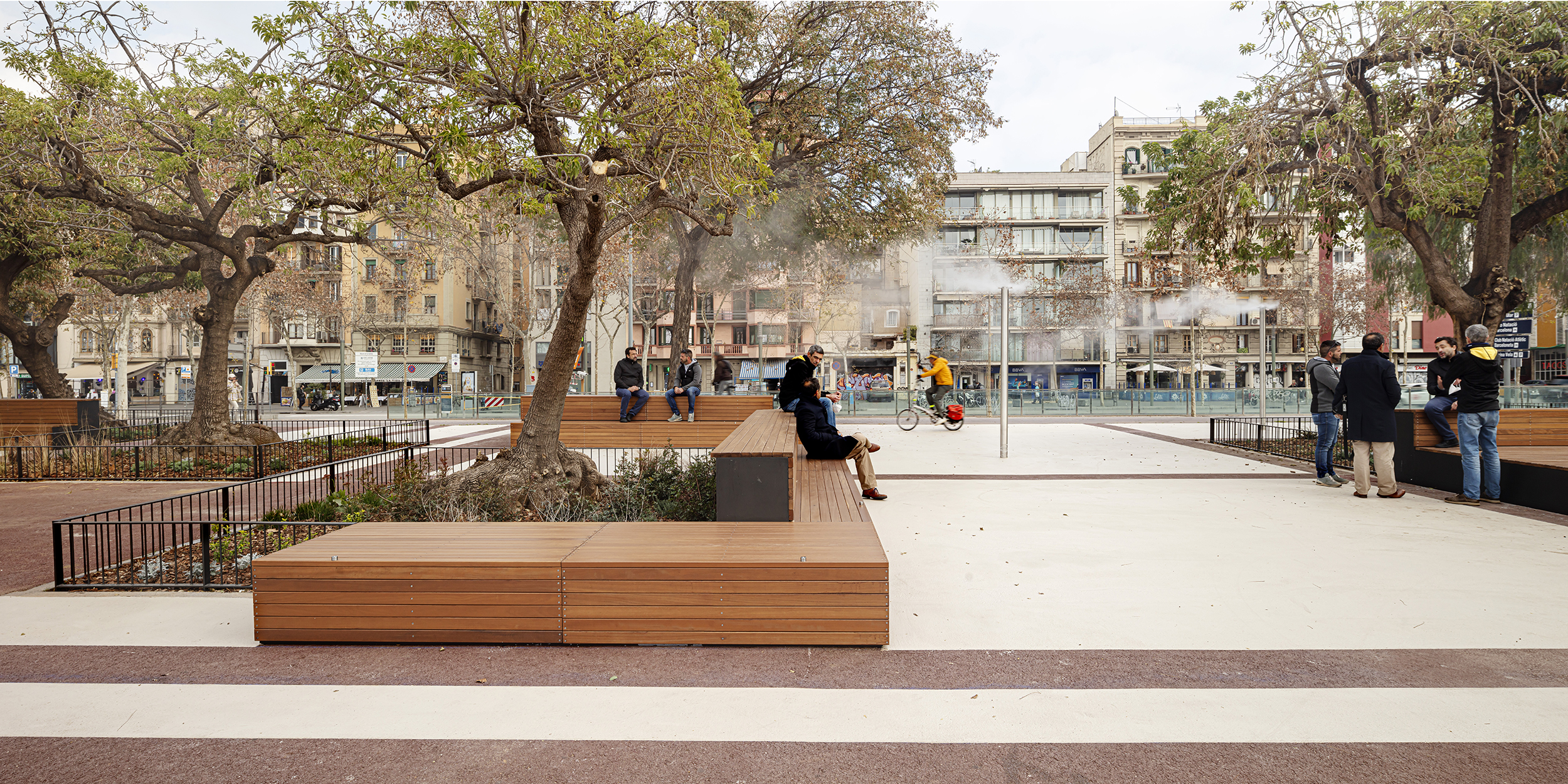
Climatic Islands, public spaces at Barcelona’s Old Port by SCOB Architecture & Landscape, Barcelona, Spain
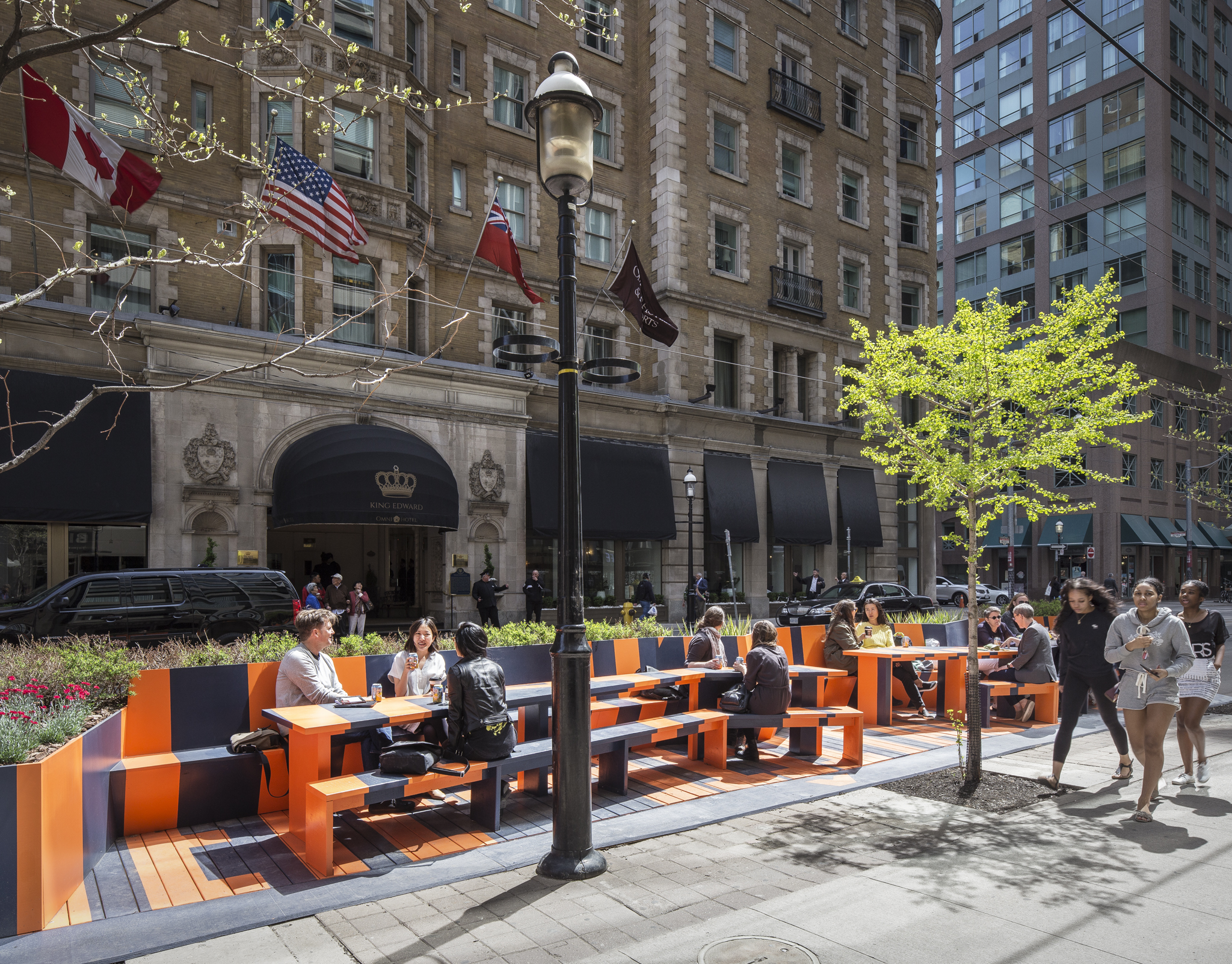
Face to Face | Tête à Tête by PLANT Architect Inc., Toronto, Canada
Public spaces are vital to urban life, serving as communal hearts where people interact and connect. Effective public spaces are accessible, engaging and secure, equipped with amenities like seating and recreational facilities.
Traditionally, public spaces were integral to city life, hosting markets and social events that fostered community bonds. They were hubs for everyday interactions that made cities feel more connected.
Modern urban planning often sidelines public spaces for commercial and residential development, leading to underutilized areas. To counter this, cities can redesign spaces to be multifunctional, incorporating elements like art installations, community gardens and flexible event spaces to attract residents back.
Incorporating technology for safety and attractiveness, such as improved lighting and Wi-Fi hotspots, along with community involvement in design, can make these spaces more useful and appealing. By emphasizing public spaces, modern cities can recapture the communal spirit of traditional settings, transforming them into dynamic areas that enrich the urban experience and encourage social engagement.
3. Embrace Mixed-Use Environments
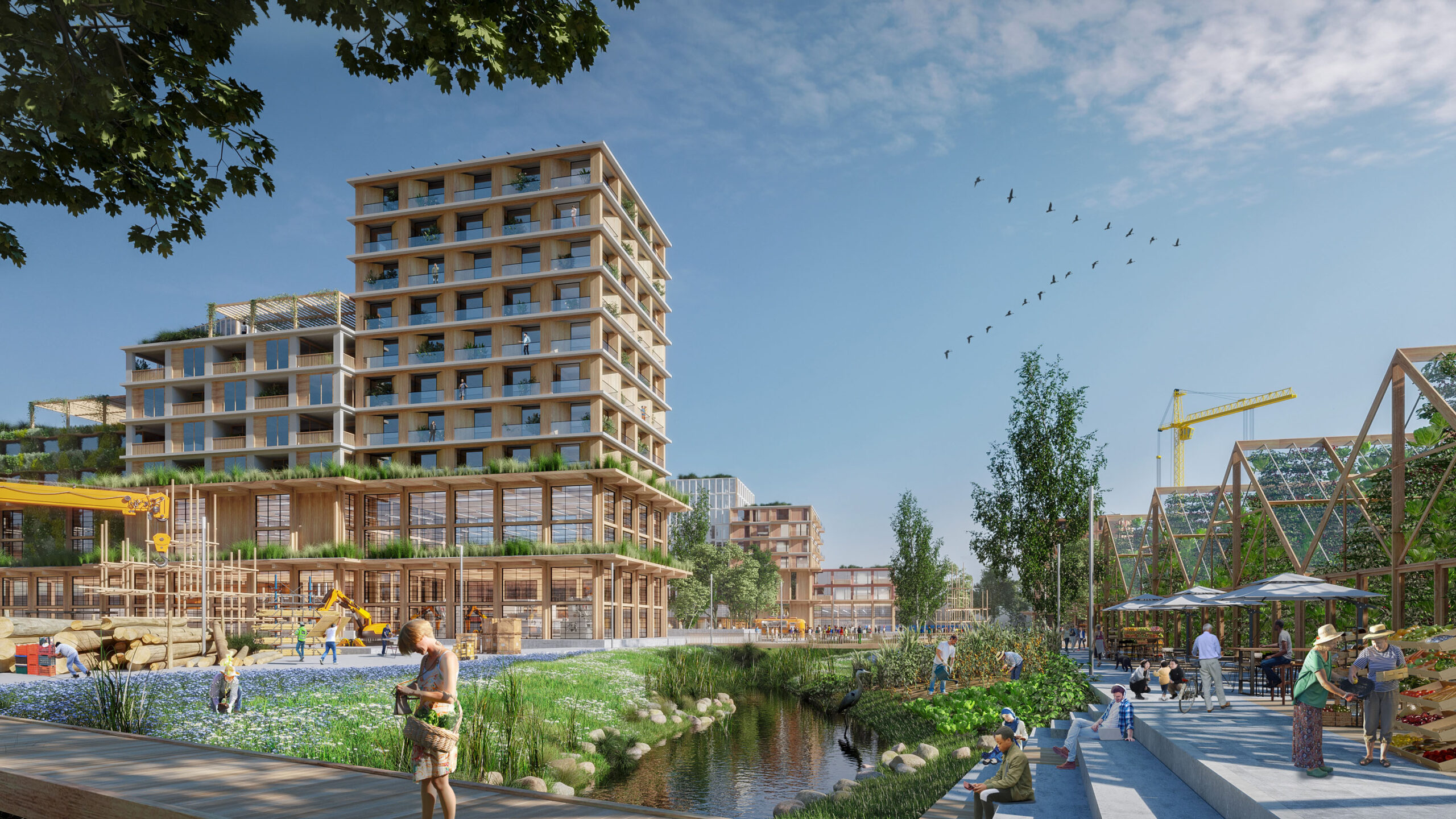
Greenwood Yard by SvN Architects + Planners, Toronto, Canada
Traditional cities naturally embraced mixed-use environments, where residential, commercial and cultural activities coexisted in harmony and within walking distance. This integration supported a vibrant street life, with shops, homes and public spaces interwoven into the urban fabric. People lived near where they worked and socialized, fostering strong community ties and reducing the need for long commutes.
In contrast, modern urban planning often segregates cities into distinct zones: residential here, commercial there and industrial far, far away. This separation can lead to a host of urban issues, including increased traffic, environmental degradation and a lack of sense of community. It forces residents to rely heavily on transportation, leading to longer commutes and increased carbon emissions, while also diminishing opportunities for spontaneous social interactions that are vital for community building.
By reintegrating mixed-use environments into modern urban design, cities can see significant improvements across various dimensions of urban life. Reduced traffic and pollution naturally follow as residents find themselves less dependent on cars, thanks to the proximity of work, home and amenities. This proximity also improves the local economy; diverse businesses attract a wide range of services and provide plenty of employment opportunities right where people live. Moreover, constant presence of people throughout the day and night also contributes to greater safety, as the natural surveillance deters crime, which undoubtedly benefits the community.
4. Balance Human Scale with High-Density Development
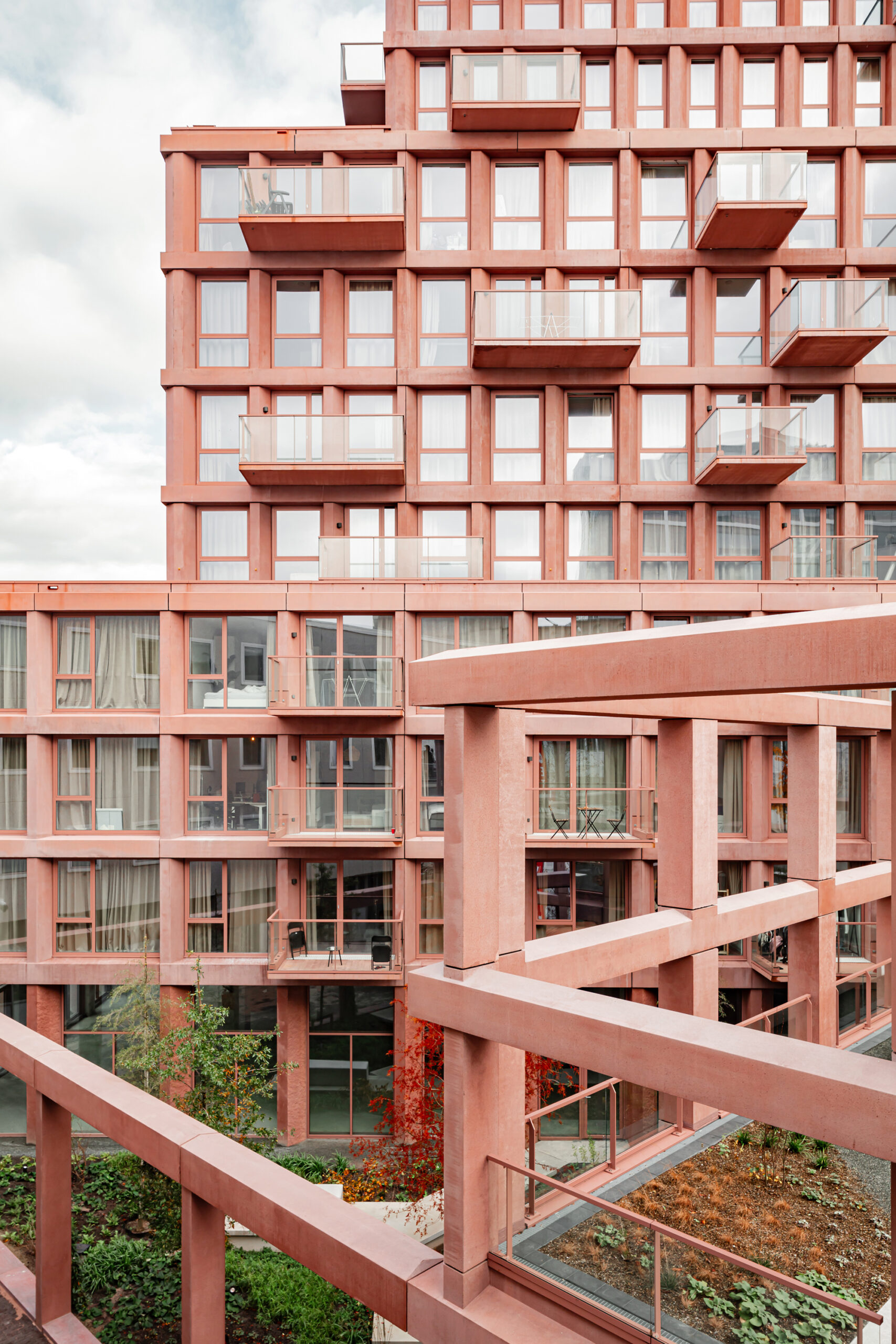
Highnote by Studioninedots, Almere, Netherlands
Traditionally, urban environments were designed on a human scale, with buildings and spaces tailored for human interaction and comfort. Structures were modestly scaled, ensuring that residents could easily navigate the city on foot, resulting in an atmosphere that feels accessible.
In contemporary urban design, maintaining a human scale means focusing on the proportions of buildings and public spaces, even as cities grow more vertically. While mid-rise buildings are often ideal for matching human proportions and maintaining a sense of connection to the street level, high-density urban areas sometimes require skyscrapers to meet the needs of a growing population.
Even in such cases, examples from cities like Tokyo demonstrate that skyscrapers can still adhere to human-centered design principles. By incorporating features such as well-proportioned pedestrian spaces at ground level, multiple access points to reduce congestion, and public amenities like green roofs and communal spaces, these tall buildings can enhance rather than detract from the urban experience.
5. Integrate Green Infrastructure
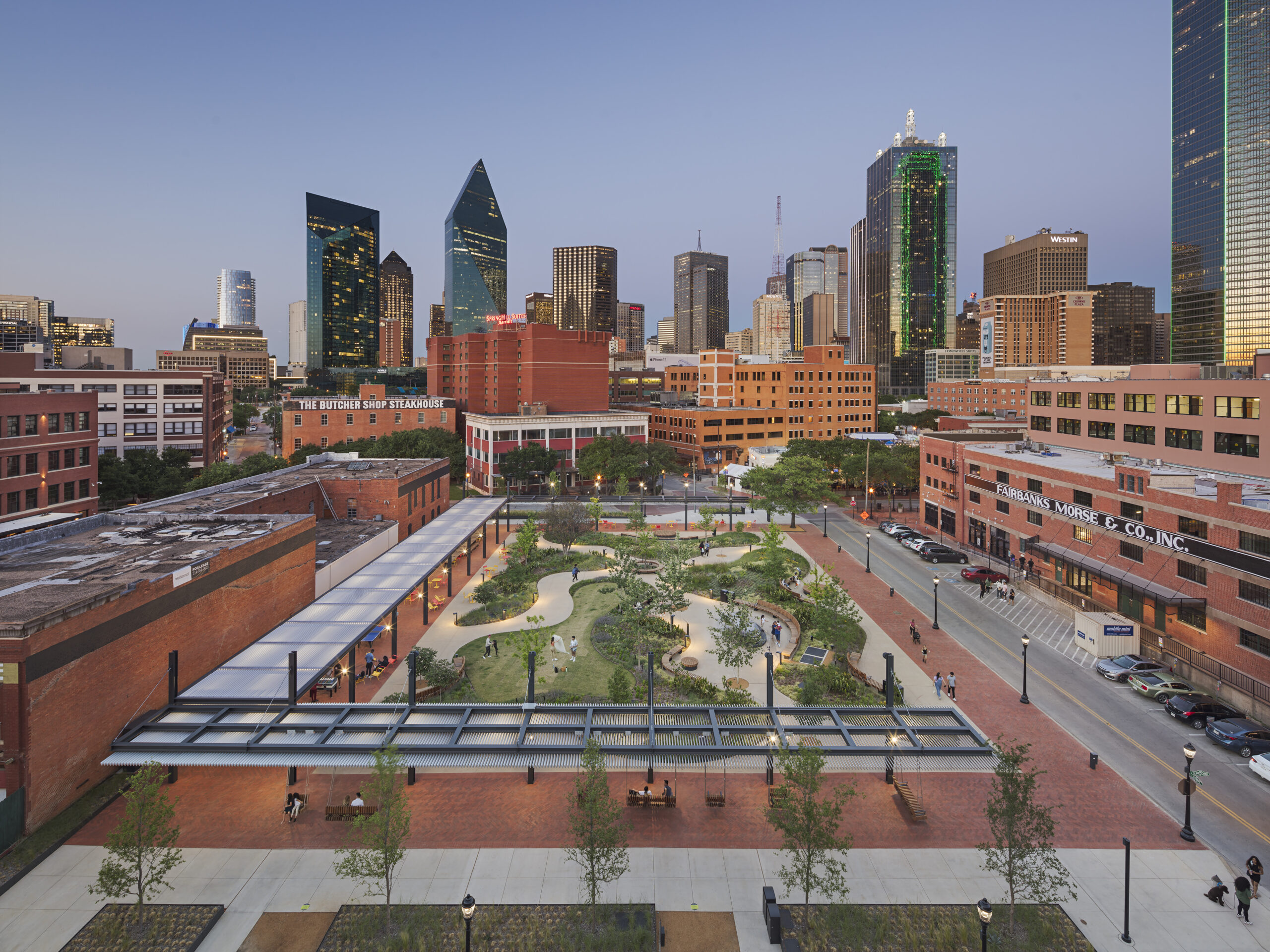
West End Square by Field Operations, Dallas, TX, United States
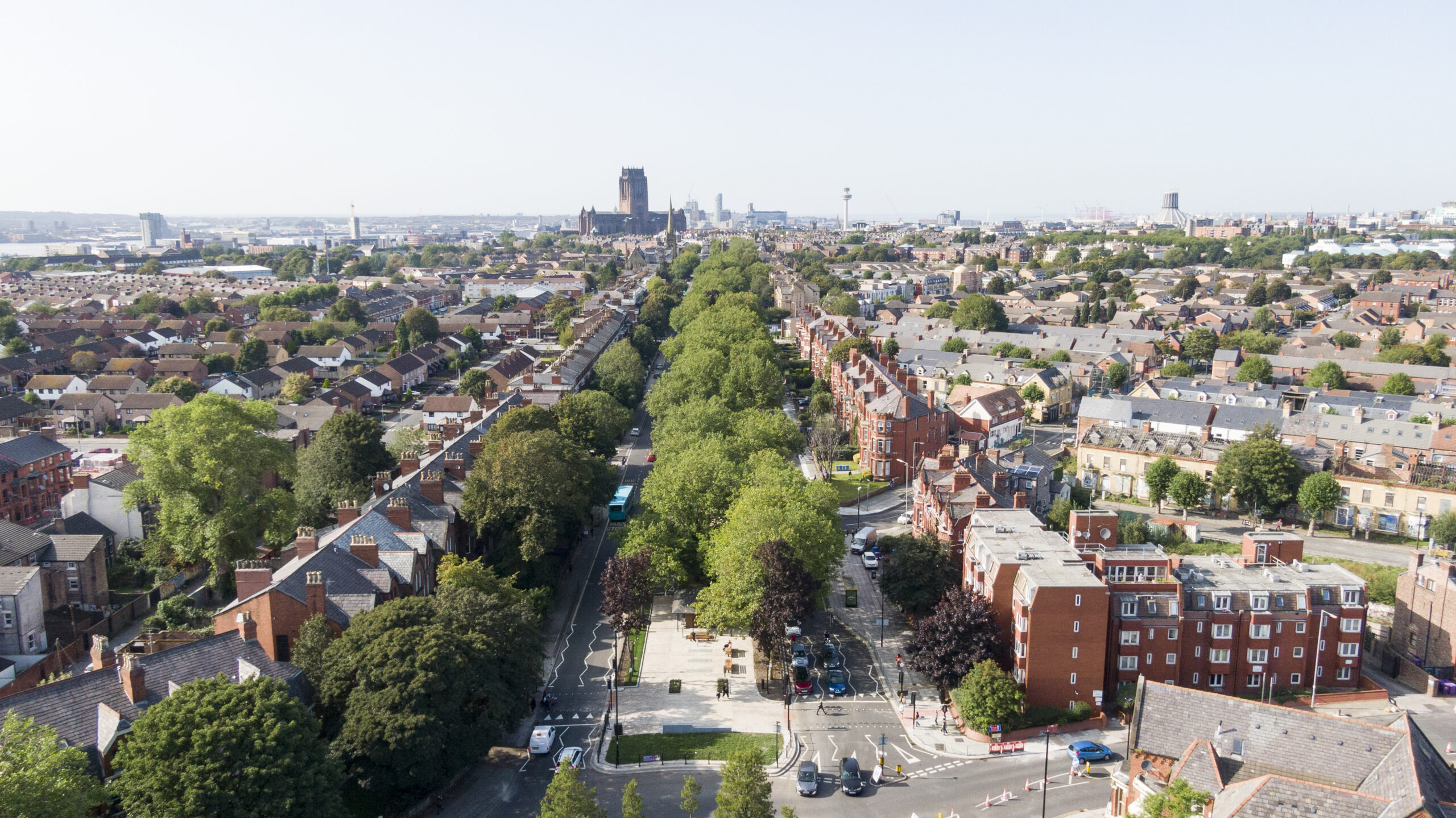
Princes Avenue – Active Travel Corridor by BCA Landscape, Liverpool, United Kingdom
In traditional cities, green spaces were often part of the urban environment, with small parks, community gardens and tree-lined streets providing natural beauty and communal spaces within easy reach of residents. These smaller, more dispersed green areas facilitated daily contact with nature and served as natural gathering spots, enhancing social interactions and community bonds.
Modern cities can adopt this approach by integrating smaller green spaces throughout urban areas rather than relying solely on large, centralized parks. This can be achieved by designing pocket parks in dense neighborhoods, incorporating greenery into residential and commercial building designs through green roofs and vertical gardens and ensuring that every street has enough tree cover.
These initiatives help to break up the monotony of the urban landscape, reduce heat islands, improve air quality and provide accessible recreational spaces for all city dwellers, mirroring the community-centric nature of traditional urban settings.
6. Establish Community Focal Points
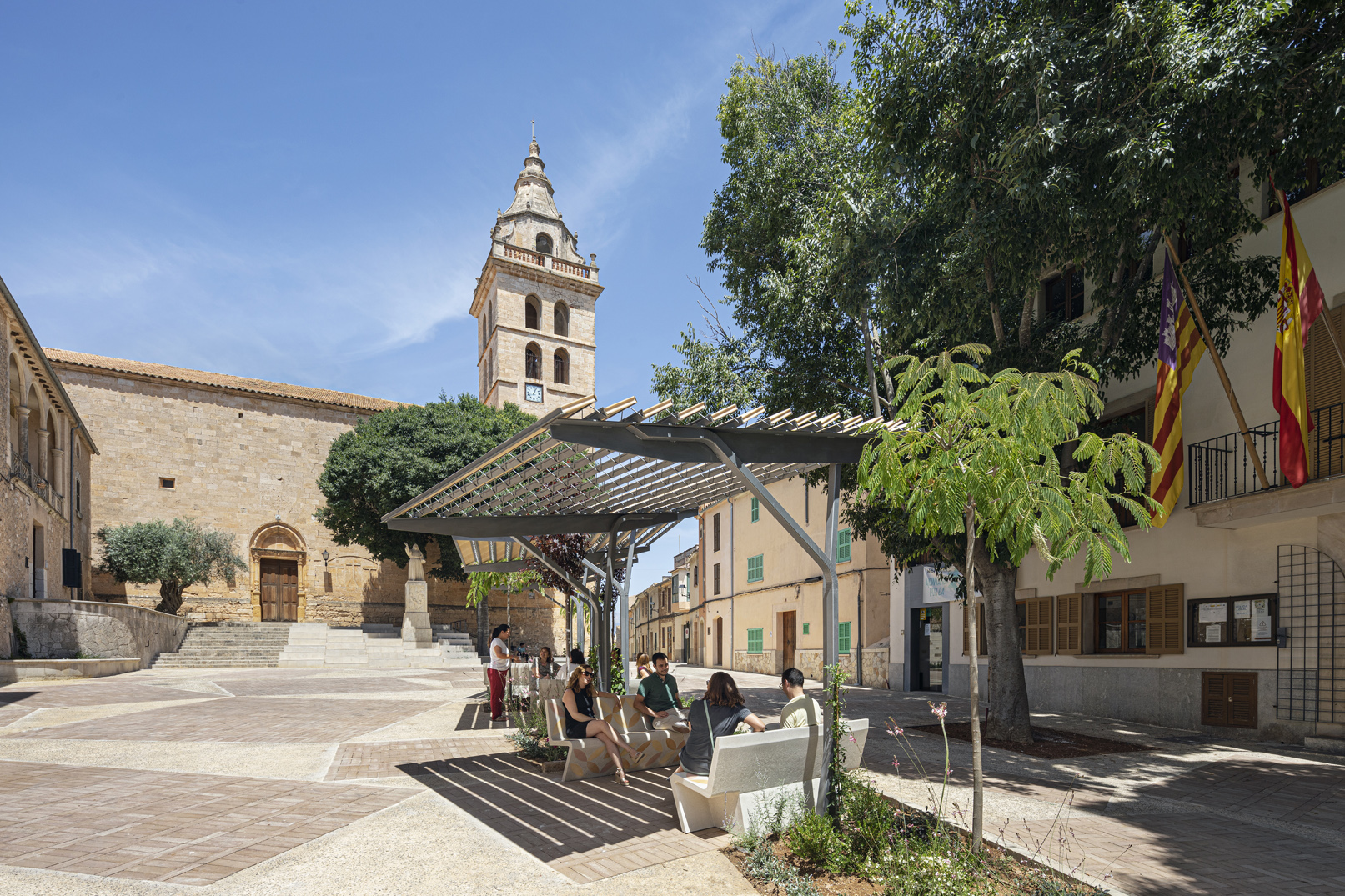
Plaza de la Villa by Moneo Brock, Sencelles, Spain
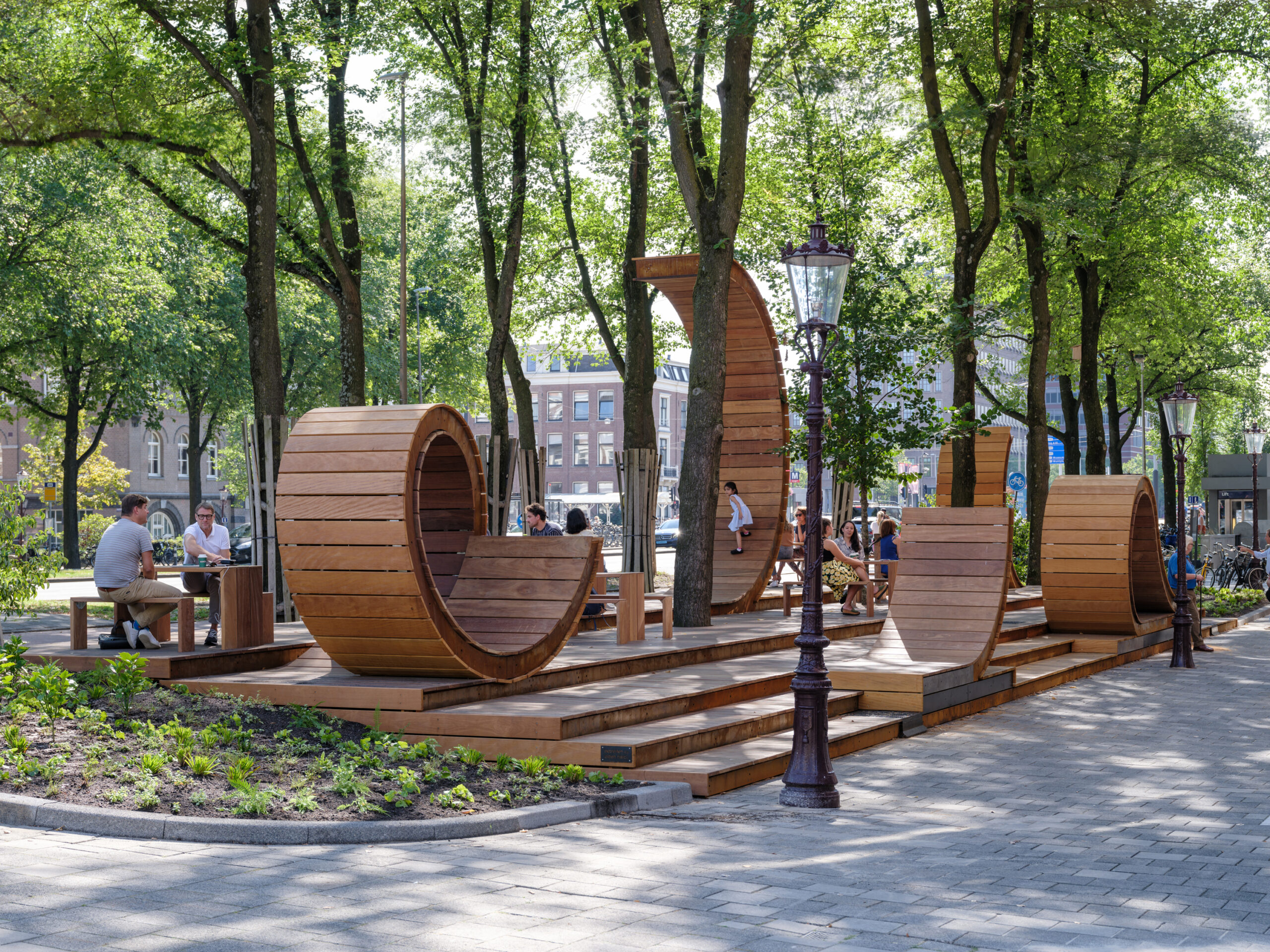
Peel Plaza by PolyLester, Amsterdam, Netherlands
In traditional cities, focal points like town squares and marketplaces were central gathering spots for socializing, commerce and cultural activities. These community centers played a pivotal role in daily life, fostering strong bonds and a sense of belonging among residents. Modern cities can recapture this essence by establishing community focal points that draw people together, such as plazas, community halls or arts districts.
These spaces should be central, easily accessible and designed to be safe and engaging, featuring pedestrian pathways, seating areas and public art. By incorporating such focal points, cities can enrich their cultural fabric and economic vitality, providing residents with places to gather, celebrate and participate in communal activities. This approach blends traditional charm with modern urban development, fostering stronger, more connected communities.
Architects: Want to have your project featured? Showcase your work through Architizer and sign up for our inspirational newsletters.

